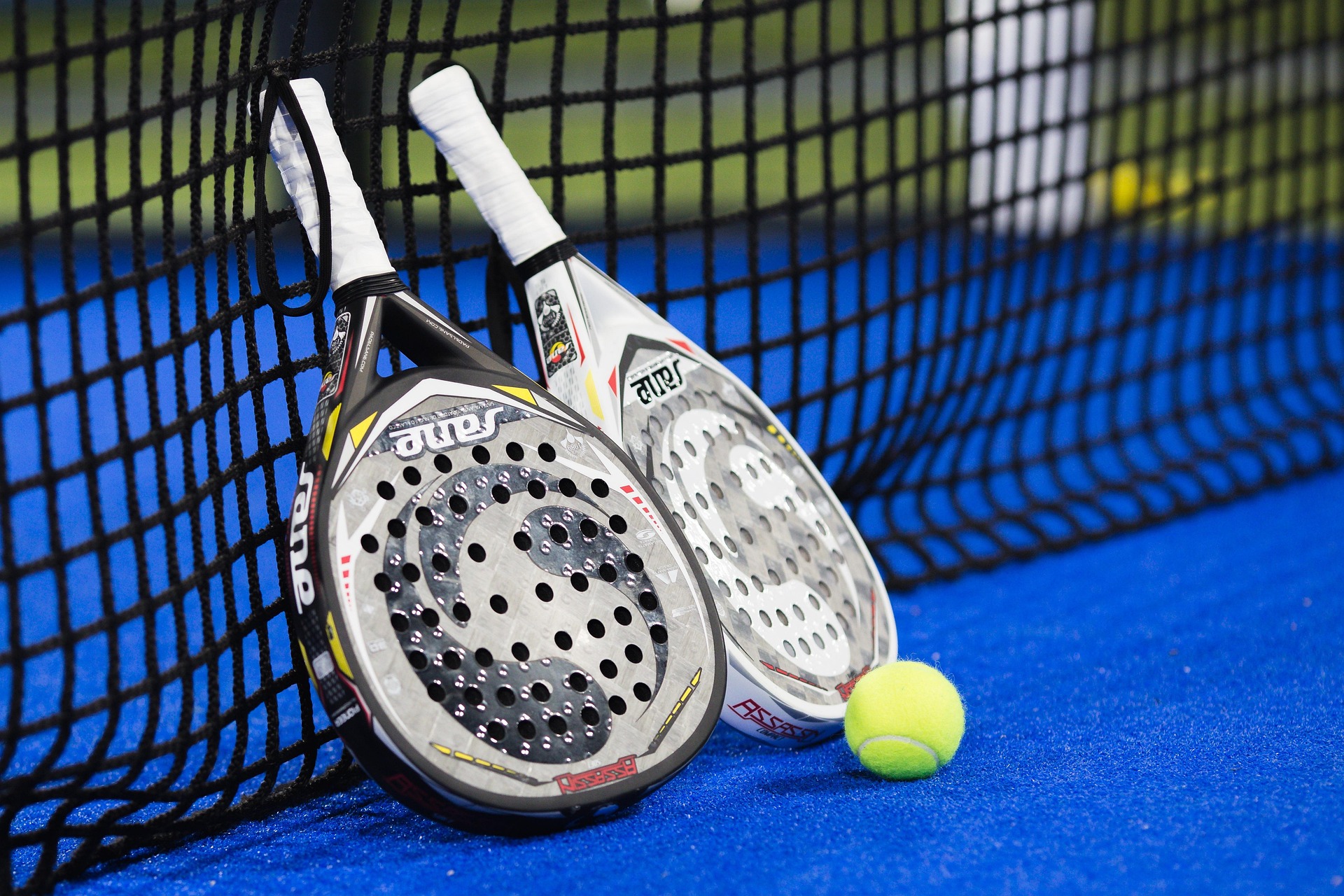
The Padel Court
Understanding the unique layout and features of a padel court
A padel court is a unique enclosed space that combines elements of tennis and squash courts. The standardized dimensions and features create a dynamic playing environment that's essential to the sport's character.
The court measures 20 meters long by 10 meters wide, enclosed by walls of glass and metallic mesh that are an integral part of the game. The playing surface is typically artificial turf with sand infill, providing ideal grip and ball bounce.
Court Dimensions
- Length: 20 meters
- Width: 10 meters
- Service line: 6.95 meters from net
- Net height: 0.88 meters in center, 0.92 meters at posts
Walls
- Back walls: 4 meters high
- Side walls: 3 meters high, stepping down to 2 meters
- Made of tempered glass and metallic mesh
- Walls are part of the playing area
Playing Surface
- Artificial turf with silica sand infill
- Provides consistent ball bounce
- Ensures good player grip
- Typically blue or green in color
Access Points
- 1-2 access doors per side
- Positioned near the center
- Integrated into the metallic mesh
- Standard width for player access

Padel Equipment
Essential gear for playing padel
Padel Racket
The primary tool of the game, with unique characteristics
Key Features
- Solid surface with no strings
- Maximum length: 45.5 cm
- Maximum width: 26 cm
- Weight: 340-370 grams typically
- Core materials: EVA or foam
- Surface materials: fiberglass, carbon fiber, or composite
Padel Balls
Specially designed balls for padel
Key Features
- Lower pressure than tennis balls
- Slightly smaller diameter
- Designed for optimal bounce on padel courts
- Usually yellow in color
Footwear
Specialized shoes for padel courts
Key Features
- Non-marking soles
- Good lateral support
- Designed for artificial turf
- Durable outsole pattern
Accessories
Additional equipment for comfort and performance
History of Padel
From Mexican innovation to global phenomenon
1969
Enrique Corcuera creates the first padel court in Acapulco, Mexico, adapting his property's squash court to create a new game
1974
Alfonso de Hohenlohe introduces padel to Spain after experiencing it in Mexico, building the first Spanish courts in Marbella
1980s
The sport explodes in popularity in Argentina, becoming the country's second most-played sport after football
1991
The International Padel Federation (FIP) is founded, marking the sport's global organization
2005-Present
Rapid expansion across Europe and the Middle East, with professional circuits establishing the sport at the highest level
Game Rules
- Scoring follows tennis rules: 15, 30, 40, game
- Serves must be diagonal and bounce once before hitting
- Players must serve underhand and below waist level
- The ball can be played off any wall after bouncing once on your side
- Players can't hit the ball directly off the wall on their side
- The ball can only bounce once before being hit
- Points are lost if the ball bounces twice or hits the wall before the ground
- Games are typically played best of three sets
Scoring System
Understanding how points, games, and matches are scored in padel
Basic Scoring
- Points progress: 0 (Love), 15, 30, 40
- Win by two clear points
- Deuce at 40-40
- Golden point used in some tournaments
Games and Sets
- Six games typically win a set
- Must win by two clear games
- Tiebreak at 6-6 in most formats
- Best of three sets in standard matches
Watch Professional Padel
Game Strategy
Advanced tactics and strategic concepts for winning padel matches
Court Positioning
Understanding optimal positioning for different situations
- Default positions for serving and receiving
- Attacking positions at the net
- Defensive positions for lobs
- Recovery positions after shots
Shot Selection
Choosing the right shot for each situation
Padel Etiquette
Essential guidelines for respectful and enjoyable play
General Conduct
- Show respect to all players
- Maintain positive attitude
- Follow court rules
- Be punctual for matches
During Play
Line Calls
- Call your own lines honestly
- Give benefit of doubt to opponents
- Accept opponent calls gracefully
- Discuss disputed calls calmly
Serving
- Wait for receiver to be ready
- Announce score clearly
- Respect service rules
- Allow let calls